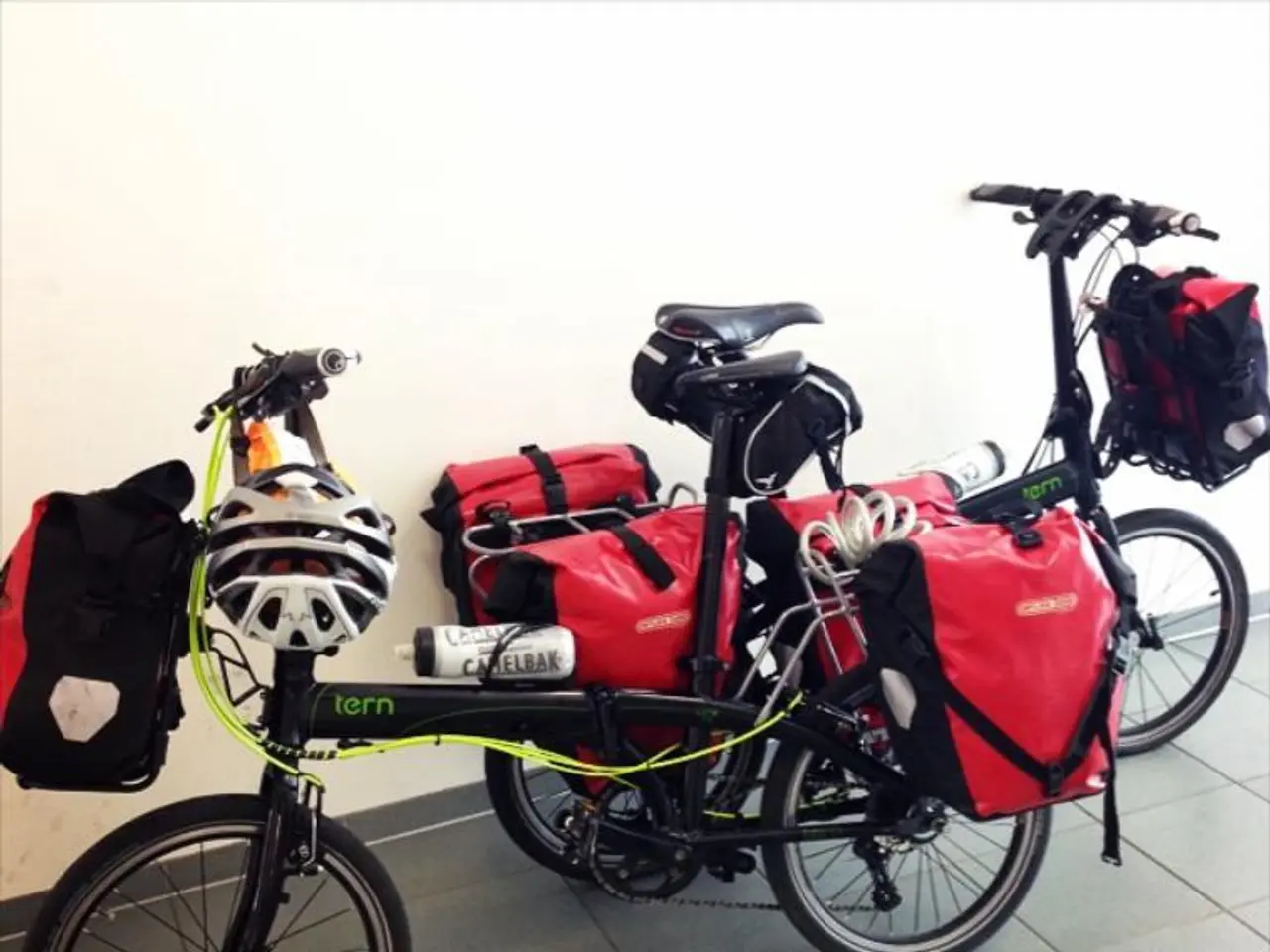Data and H2O - Today's Newfound Riches: Narjis Zehra
Karachi, the bustling metropolis of Pakistan and home to one of South Asia's largest ports, is currently grappling with a severe water crisis. The situation has been exacerbated by recent power outages and infrastructure issues at major water pumping stations.
As of the latest reports, a major power breakdown at the Dhabeji Pumping Station affected Line No. 5 of the city's main water supply network, resulting in a significant water shortage. This has led to an estimated shortfall of about 100 million gallons per day in some instances. Just prior to this, another power outage at the Dhabeji station caused a shortfall of over 350 million gallons per day.
The water crisis is leaving many neighbourhoods, such as Nazimabad, New Karachi, Landhi, and Korangi, experiencing severe water scarcity. Residents are heavily reliant on private water tankers, which are costly, leading to economic hardship for many households.
The city's water demand is estimated to be around 1,200 million gallons per day, but the supply is only about 550-650 MGD. Efforts to increase supply through projects like the K-IV bulk water supply scheme have been ongoing for nearly two decades but have faced delays and cost overruns.
Authorities are working to repair and maintain the affected pumping stations, aiming to restore water supply as quickly as possible. However, these efforts are often hampered by external factors like power outages and technical issues.
In the midst of this crisis, a young leader from Karachi, Narjis Zehra, is making strides in addressing the issue. Currently residing in Pennsylvania, Zehra obtained her Electrical Engineering degree from Habib University in Karachi and is now pursuing her degree in Product Management at Carnegie Mellon University.
Zehra's final year project involved developing a water map for Karachi, aiming to tackle the lack of availability of data in the city. She believes that cities, particularly Karachi, need to be made liveable for their growing populations. Zehra sees the water crisis not just as a technological issue, but as a systemic fault and a mindset shift.
Empathy is considered crucial by Zehra in the field of human-centered design and technology. Her project, "Shape of Water," aimed to use ground-penetrating radars to map water pipelines in Karachi. However, the water mafia, who operate hundreds of illegal pumping stations, stealing and selling water to residents, made going public with the project dangerous.
Despite the challenges, Zehra emphasizes the importance of perseverance in making positive changes in cities like Karachi. She believes that bridging the gap between empathy and technology can address civic problems effectively. Her long-term goal is to create a brighter urban future.
Karachi's water crisis is not just a local issue; it impacts the entire country. The city hosts one of the largest ports in South Asia, dealing with 60% of the nation's cargo. The port's functionality is at risk due to the neglect and indifference of political power towards the city.
In conclusion, the water crisis in Karachi is a layered challenge that requires a comprehensive approach. It involves technical management, financial management, and systemic faults. Young leaders like Narjis Zehra are stepping up to address these issues, demonstrating that with perseverance and empathy, positive change is possible.
[1] https://www.dawn.com/news/1656232 [2] https://www.dawn.com/news/1656232 [3] https://www.dawn.com/news/1656232 [4] https://www.dawn.com/news/1656232
- In the midst of Karachi's water crisis, various aspects of the city's lifestyle are being affected, particularly its residents who are experiencing severe water scarcity and economic hardship due to the reliance on costly private water tankers.
- As the city struggles to address its water crisis, technology is increasingly being recognized as a vital tool for long-term solutions, with young leaders like Narjis Zehra leveraging technology to develop innovative projects aimed at improving the city's water infrastructure and mapping its pipelines to ensure better water management.




